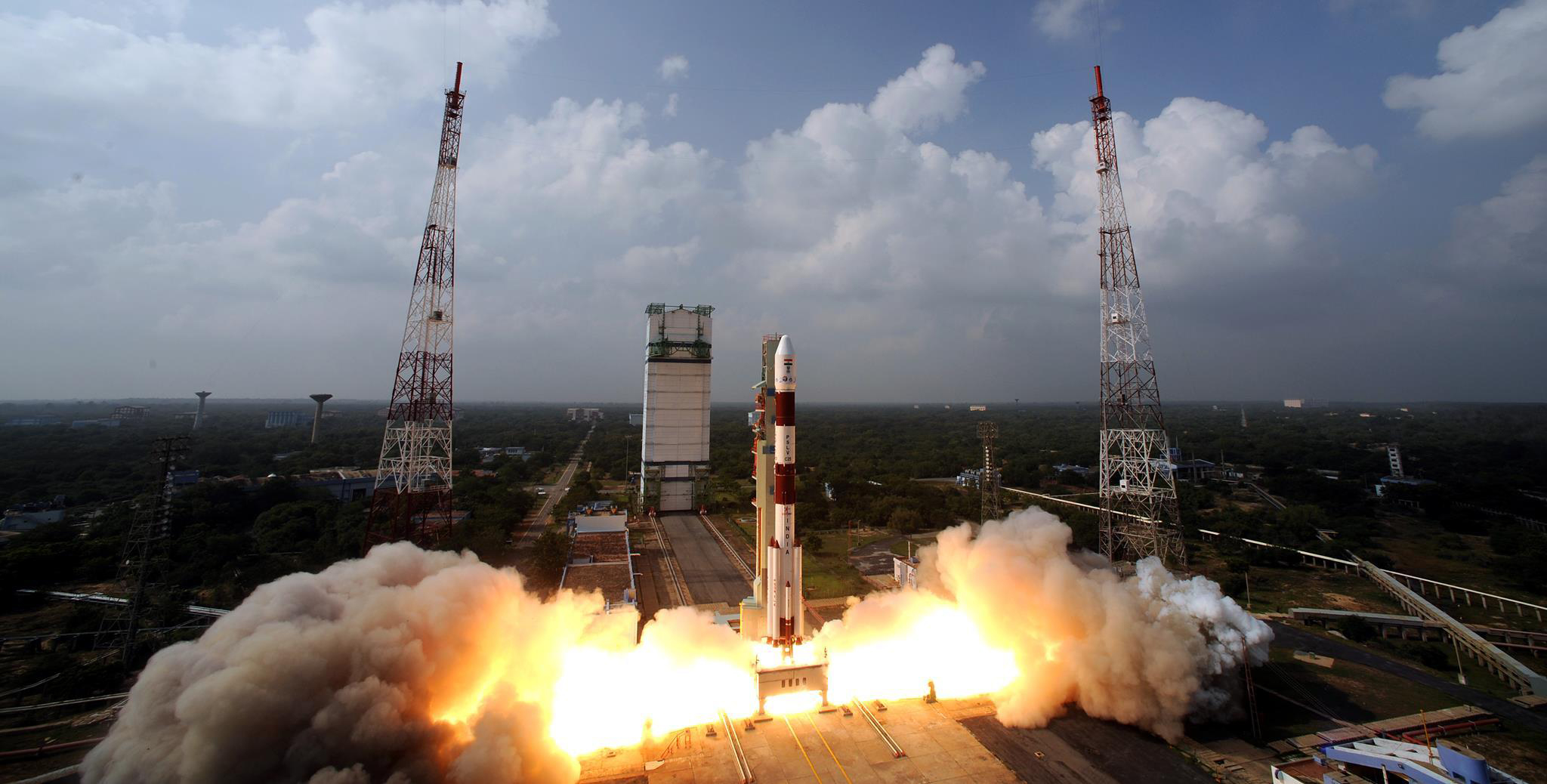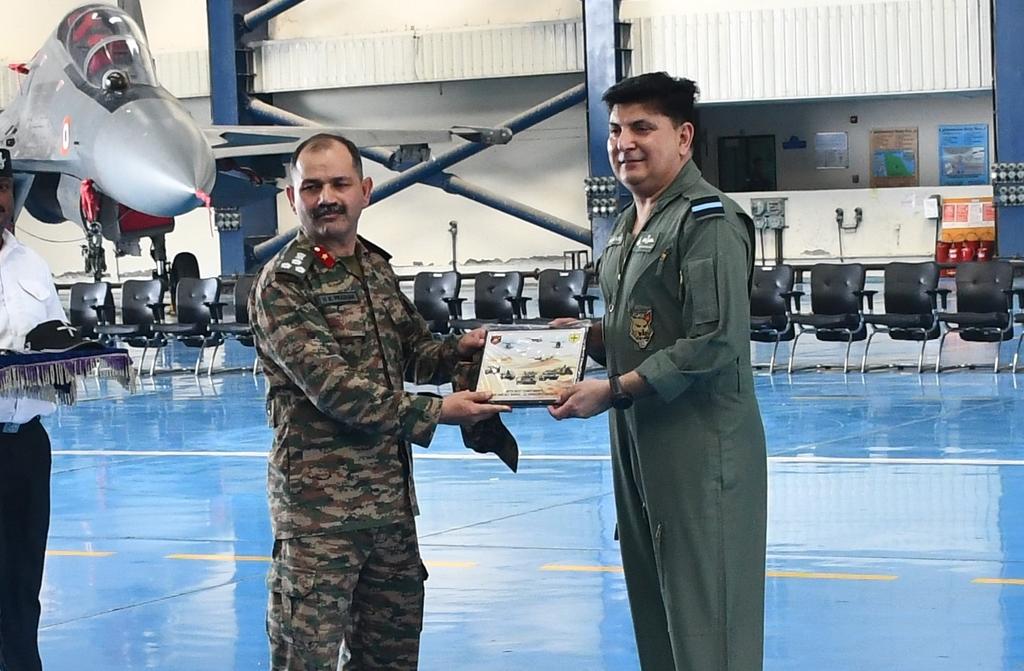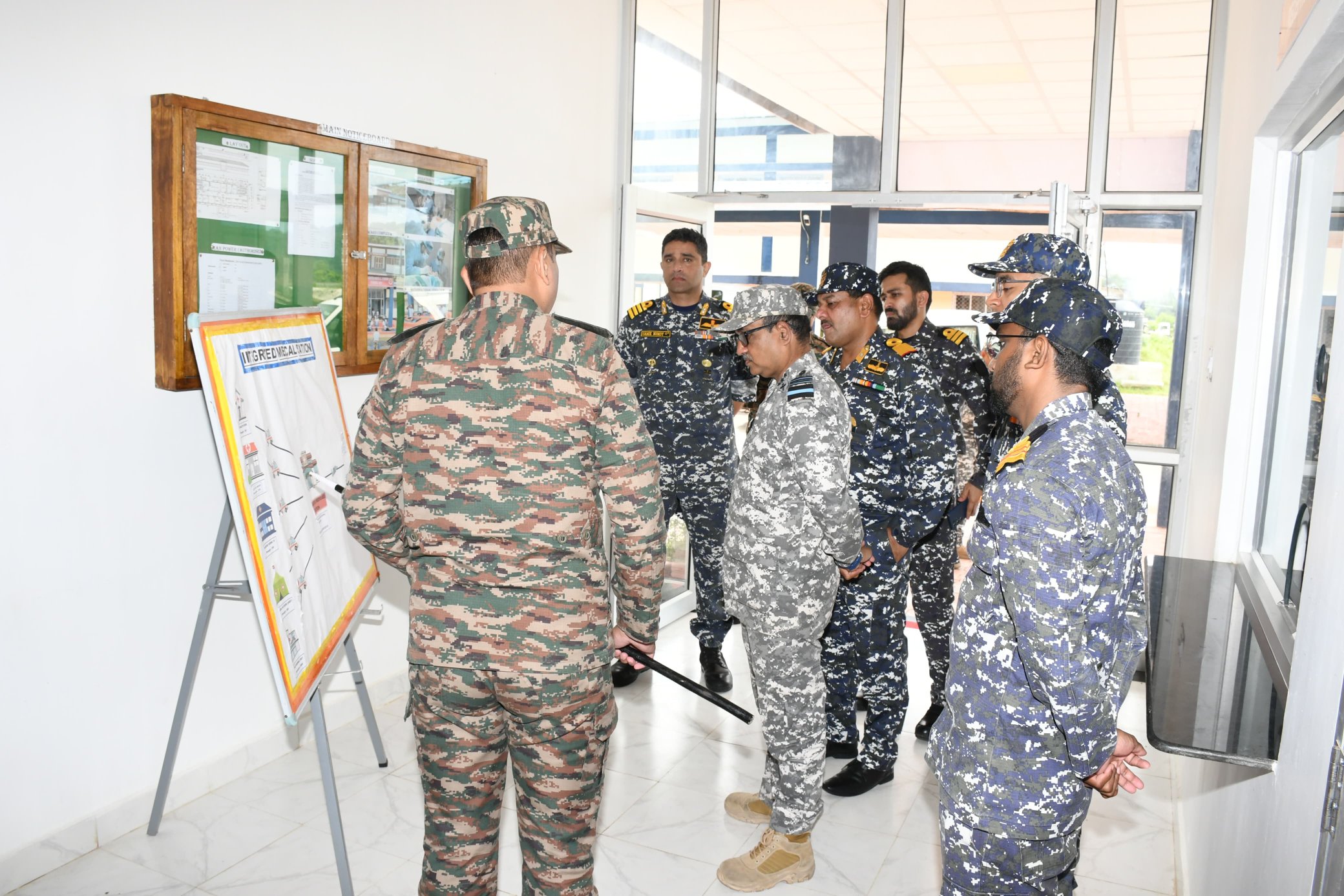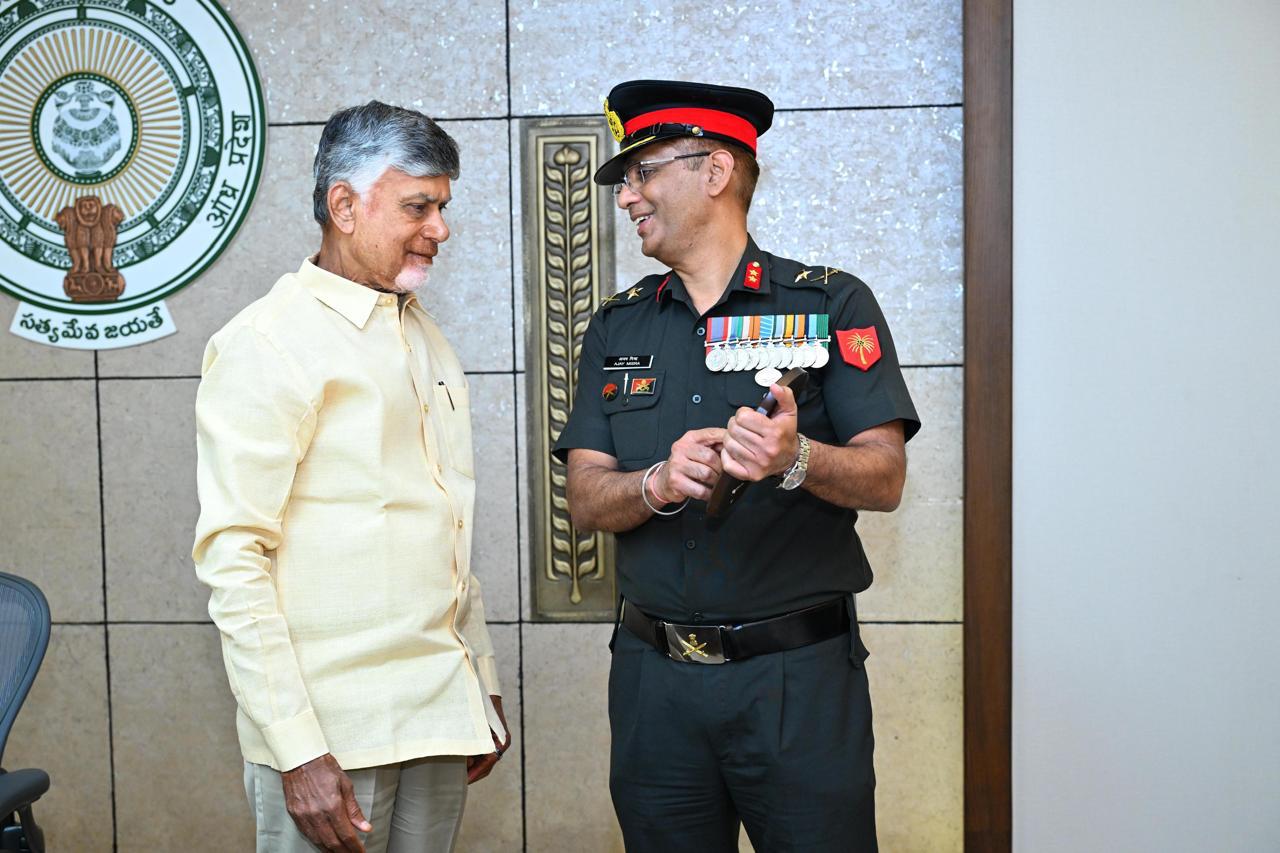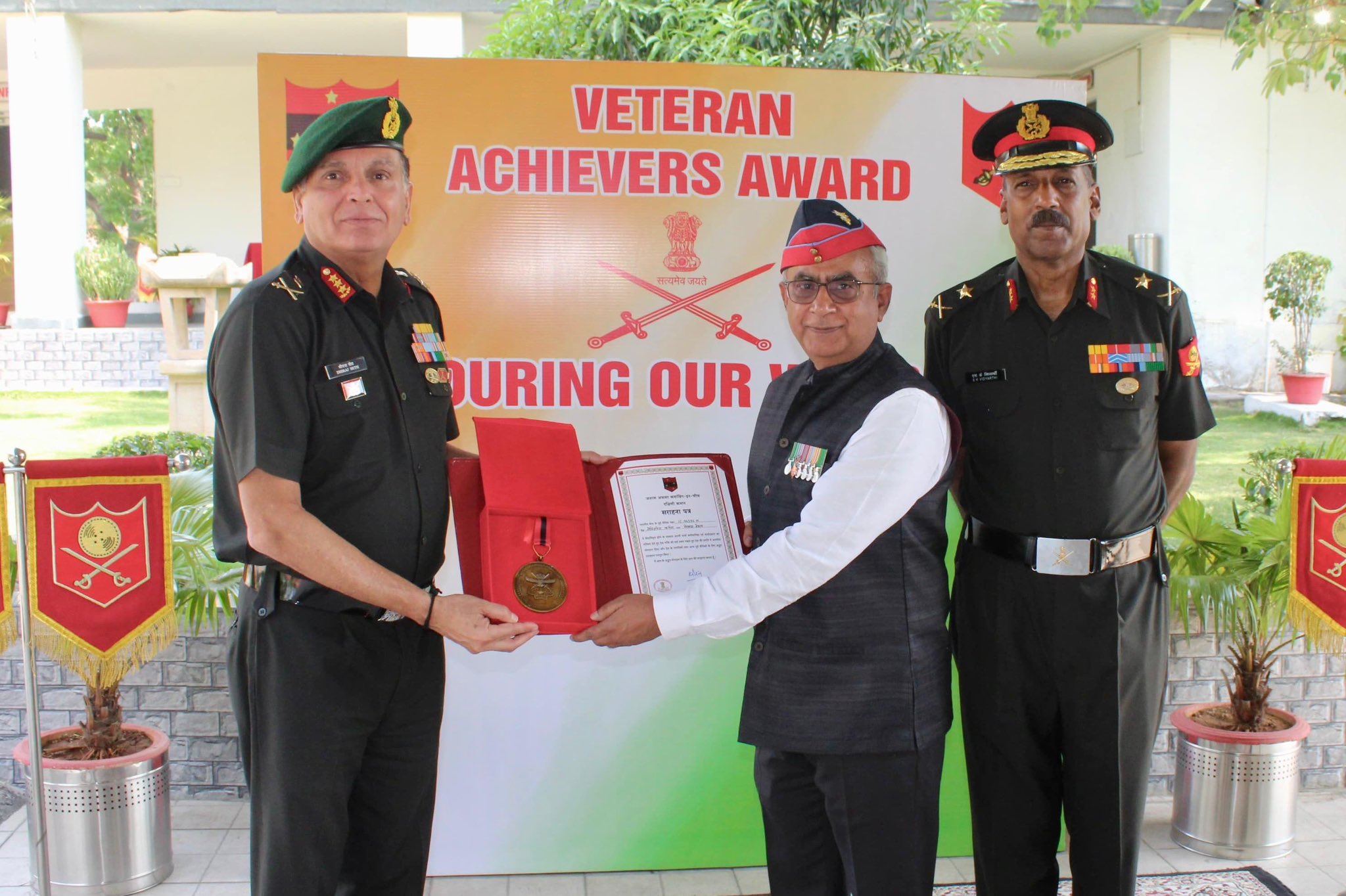The Indian Space Research Organisation recently test fired its “scramjet” engine joining the group of a handful of countries in possession with such a technology after the US, China and Russia. This is a baby step but a major milestone in history and it aligns with the Prime Minister’s Make in India initiative, as Isro goes for more indigenisation.
Here are 7 points to know about this feat of ISRO:
- A scramjet engine is an improvement over the ramjet engine as it operates at hypersonic speeds and allows supersonic combustion, which gives it its name — supersonic combustion ramjet or scramjet. The exhaust gases are then accelerated to hypersonic speeds.
- Scramjet engines would make rocket launches cheaper by reducing the amount of oxidiser to be carried along with the fuel on rockets.
- The technology will significantly reduce the weight of a rocket as scramjet technology does not require a rocket to carry oxygen. As a result, the payload capacity of the rocket can be increased.
- ISRO’s Advanced Technology Vehicle (ATV), which is an advanced sounding rocket, was the solid rocket booster used for the test of Scramjet engines at supersonic conditions. ATV carrying Scramjet engines weighed 3277 kg at lift-off.
- The technology also has the potential to be adapted to commercial planes and it can substantially reduce the travelling time as well. Theoretically this technology can be used to reach the US in two to three hours using a space plane.
- ISRO’s Sunday test of the engine was for 6 seconds. In flight, however, the engine has to work for 1000 seconds.
- Cutting down on the need to accommodate liquid oxygen in the spacecraft will bring down the costs heavily by reducing the amount of oxidiser to be carried along with the fuel.
Eventually, the aim is to place this new rocket alongside the Re-usable Launch Vehicle (RLV) which India successfully tested a few months ago to make rocket launches more affordable. The ultimate goal is developing a single stage-to-orbit (SSTO) launch vehicle configuration, to finally make access to space a routine affair.

